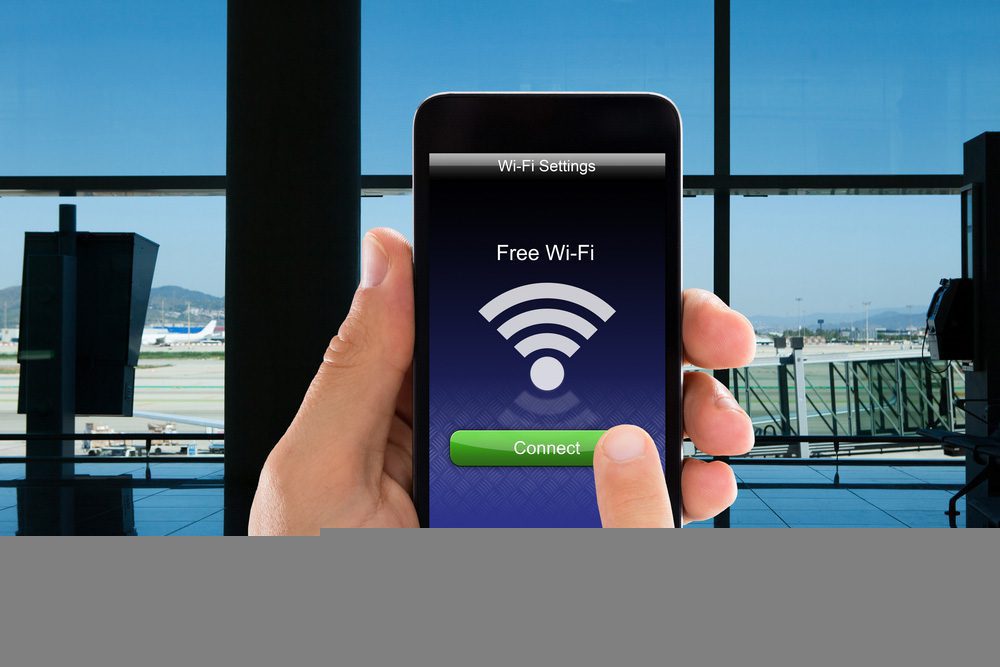Losing your internet signal can be very frustrating, especially if you want to post to Instagram on the go or stay in touch with the office. there are times while traveling to rural regions where public connections are just not accessible.To assure dependable, safe, and portable internet connectivity, you may instead spend money on a mobile Wi-Fi hotspot. Here are some things to think about when picking the best one for you.
What is a hotspot for mobile Wi-Fi?
Wi-Fi hotspots are portable wireless routers that run on batteries. A mobile Wi-Fi hotspot device is small and light enough to fit in your purse or pocket. It lets your phone, tablet, or laptop connect to the internet no matter where you are in the world.
For anybody searching for a secure connection or who is traveling without access to public Wi-Fi, these devices are a huge plus. Your Wi-Fi hotspot gives you access to invisible signals in the sky, much like a cell phone. This lets you upload photos or check your email while you’re on the go.
Paying for the data you use can be done via packages or day passes that provide unlimited access for a certain amount of time.
Bottom Line: These smart little devices use 3G or 4G (and maybe even 5G in the coming months) to send out a reliable and very useful Wi-Fi signal that you can connect your favorite gadgets and devices to when you’re not at home.
Look for These Things in a Mobile Wi-Fi Hotspot
Battery Life
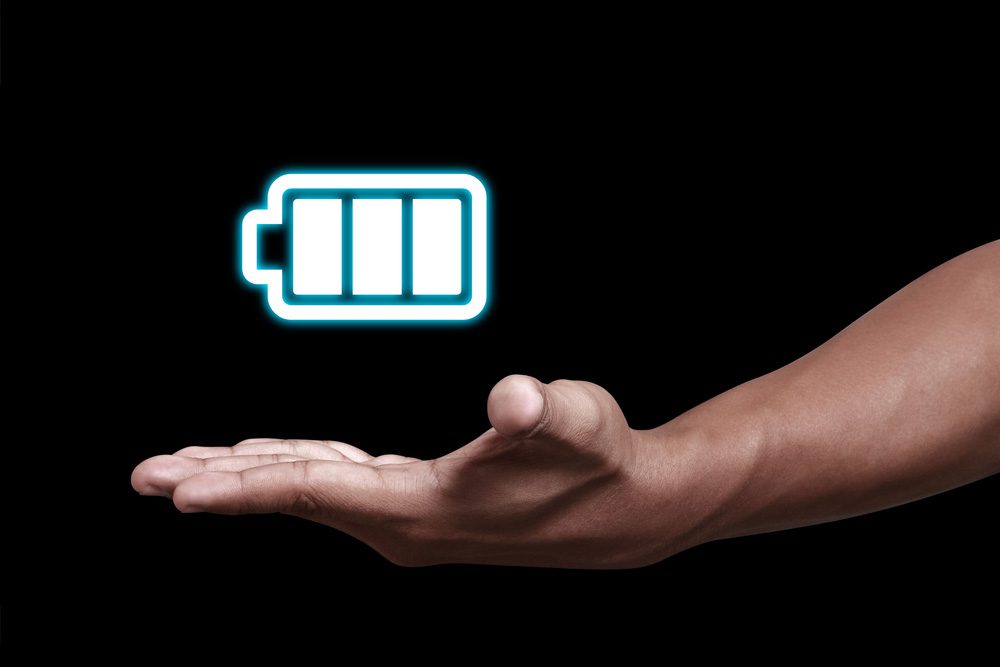 The majority of batteries can operate comfortably for 5 to 6 hours at a time. If you are visiting a location where energy is readily available, you should be able to charge your device overnight to guarantee that your hotspot will function when you need it for your daily excursions. If you spend a lot of time online, you might want to think about getting a device with a longer battery life.
The majority of batteries can operate comfortably for 5 to 6 hours at a time. If you are visiting a location where energy is readily available, you should be able to charge your device overnight to guarantee that your hotspot will function when you need it for your daily excursions. If you spend a lot of time online, you might want to think about getting a device with a longer battery life.
Wi-Fi Support
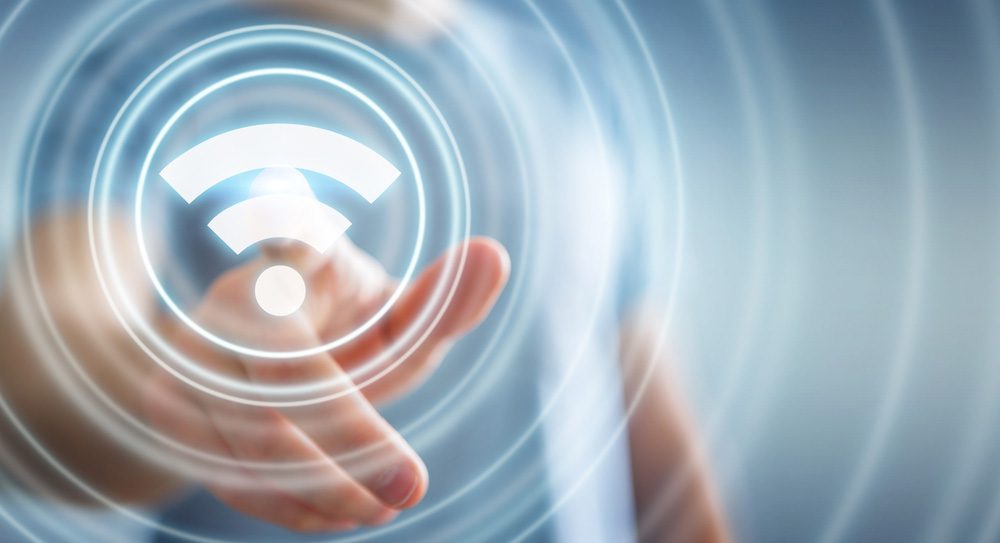 The coverage you get from any Wi-Fi hotspot might vary, since some mobile internet providers are better than others. For example, 2.4 GHz has a wider range of coverage but sends data at a much slower speed. On the other hand, a 5 GHz band will have less range but send data at a much faster speed.
The coverage you get from any Wi-Fi hotspot might vary, since some mobile internet providers are better than others. For example, 2.4 GHz has a wider range of coverage but sends data at a much slower speed. On the other hand, a 5 GHz band will have less range but send data at a much faster speed.
Display
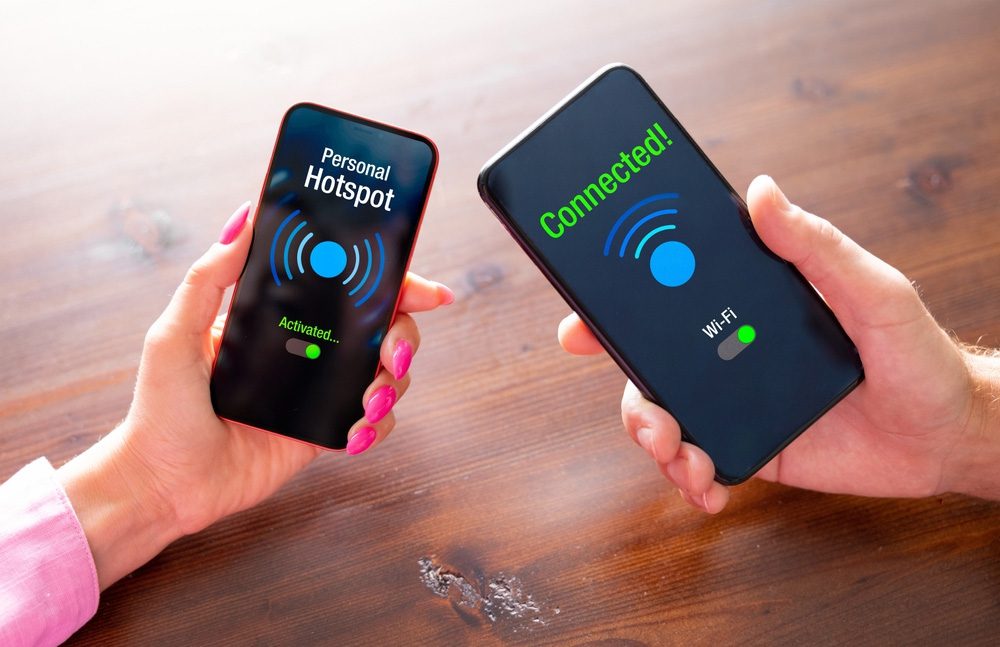 Even though they’re small, they’re still powerful, and most hotspot devices have a screen built right in. At the very least, the screen should show how much battery life is left and how strong the Wi-Fi signal is right now. Others may have extra features like SMS messages or touch-screen modes.
Even though they’re small, they’re still powerful, and most hotspot devices have a screen built right in. At the very least, the screen should show how much battery life is left and how strong the Wi-Fi signal is right now. Others may have extra features like SMS messages or touch-screen modes.
Card Reader
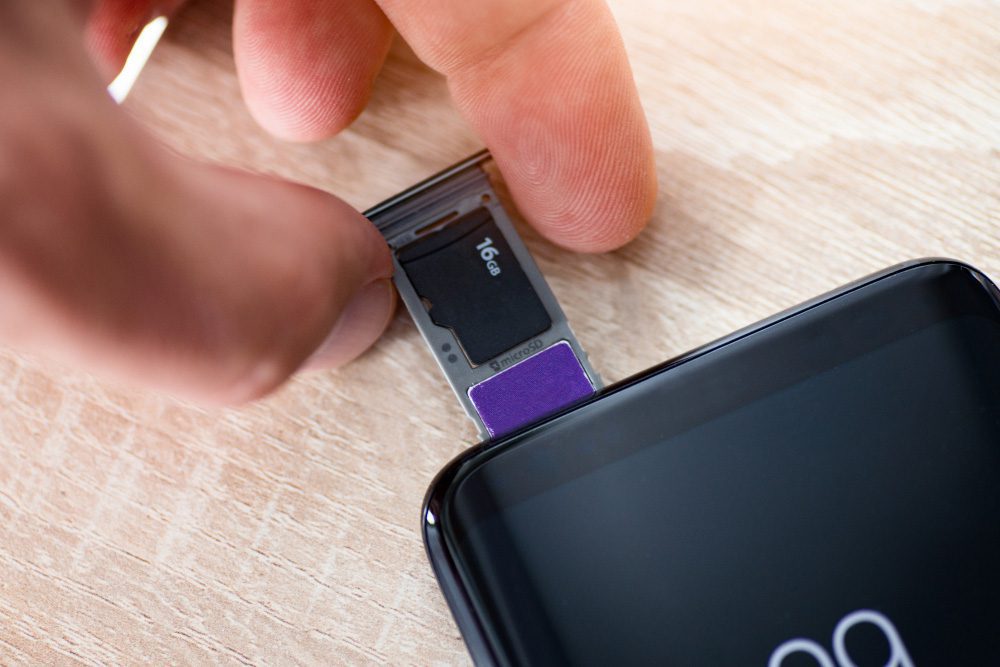 You can store and access data from your laptop or home computer using MicroSD memory cards, which can be read by certain portable Wi-Fi hotspots. You can also give people who use your network access to your files when you want them to.
You can store and access data from your laptop or home computer using MicroSD memory cards, which can be read by certain portable Wi-Fi hotspots. You can also give people who use your network access to your files when you want them to.
Although memory cards are not often included with the purchase of a Wi-Fi hotspot, they are a helpful addition that enables you to send and receive SMS messages as well as store photographs, music, and other data-intensive items.
What’s the difference between GSM and CDMA when it comes to frequencies?
In different parts of the world, mobile data is sent using one of two types of cellular signals. Without these cellular standards, people would not be able to talk to each other on such a large scale around the world.
Each standard, called GSM or CDMA, changes both incoming and outgoing radio waves in a completely different way. Before buying a hotspot, you should know what it does and where you can use it.
GSM
Most countries around the world use the Global System for Mobile Communication. GSM is only used by AT&T and T-Mobile in the U.S. Time Division Multiple Access, or TDMA, is used by GSM.
This gives different conversation streams their own time slots and changes how phones send information. To do this, you need a SIM card, which stands for “subscriber identification module.”
All the data you need to make calls, access mobile internet, and keep track of your contacts is stored on the SIM card. The SIM card tells the device what services you can use and is essential for GSM communications on the go.
CDMA
Russia and the US (Sprint, Verizon, and US Cellular) all use CDMA, which gives consumers complete access to a broad spectrum of bandwidth and allows for more simultaneous connections. It also encrypts every signal, so every conversation is safe and filtered.
Since the technology is integrated into the handset from the carriers’ networks, CDMA does not depend on SIM cards. Once upon a time, this meant that if you wanted to switch carriers, you had to buy a whole new phone. Now, though, many CDMA devices, especially those that work on LTE networks, can also use SIM cards.
Bottom Line: Different countries (and even different carriers) use different technologies. Sprint, Verizon, and US Cellular all use CDMA in the United States. AT&T and T-Mobile, on the other hand, use GSM.
When you buy a hotspot, make sure you know what kind it is, which countries it will work in, and which service providers it will work with.


